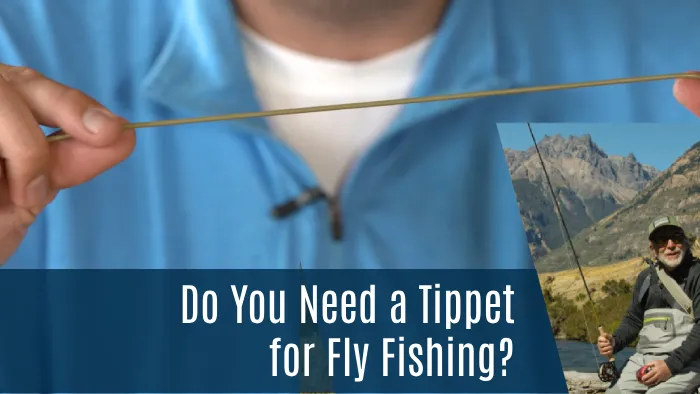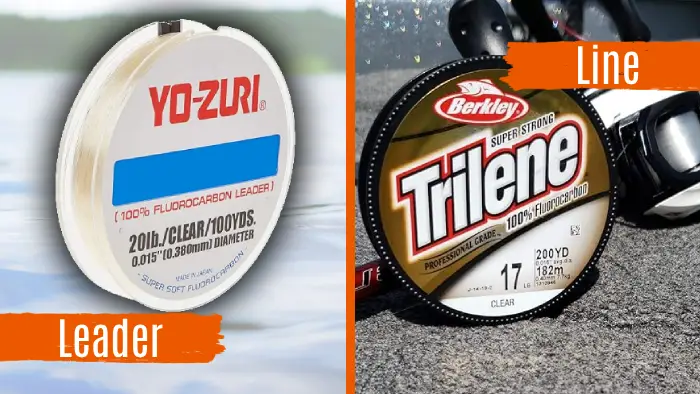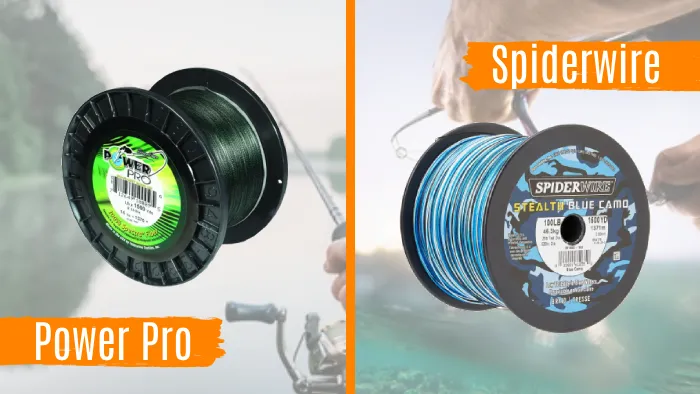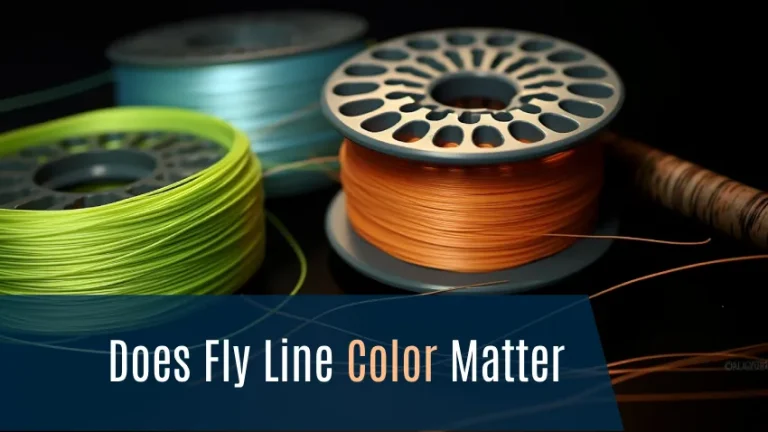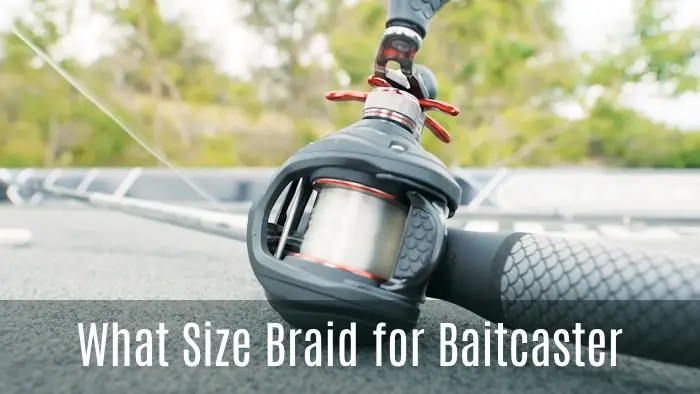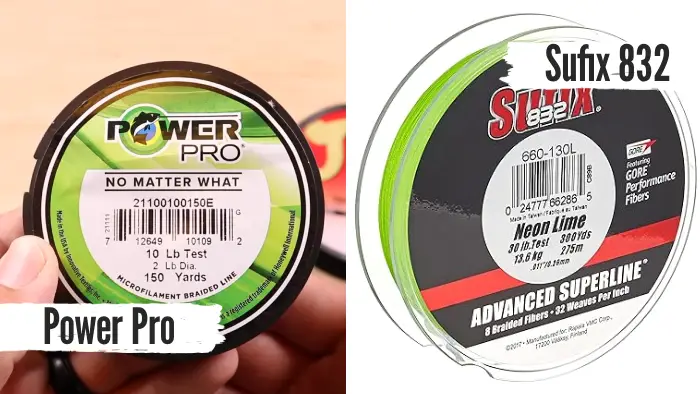Do You Need a Tippet for Fly Fishing: Fin the Real Secret
A tippet is a vital fishing component that can greatly improve your success in landing the perfect catch. It helps to attract the fish and increase your chances of catching fish. But is it really necessary to use a tippet when fly fishing?
Regarding standard fly fishing, the tippet isn’t always necessary. However, the tippet becomes a critical component for your fly fishing rig if you’re nymphing or fishing with multiple flies. The purpose of the tippet is to attach the fly to your line, allowing it to move realistically like an insect or nymph.
As part of this article, we will explore the importance of using a tippet, the best time to use it, and when it may not be necessary. Discover how to maximize your fly fishing skills with the right tippet.
When Do You Need a Tippet for Fly Fishing?
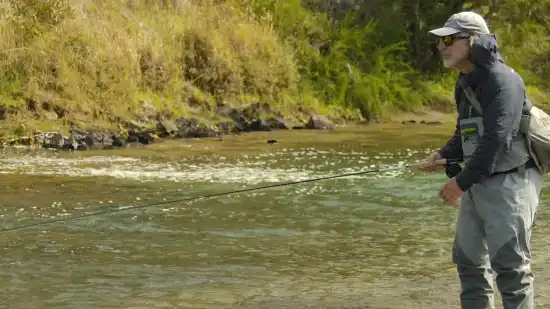
Several factors determine the right moment to use a tippet when considering fly fishing.
- Extending the leader length
- Fine-tuning line diameter
- Matching the fly size
- Stealth and presentation
- Casting weighted flies
- Abrasion resistance
- Improving knot strength
- Changing flies easily
1. Extending the Leader Length
To extend the leader length for fly fishing, consider using a tippet. When your leader is too short to reach the desired fishing spot, adding a tippet can provide the extra length needed. By attaching the tippet to the end of the leader, you can effectively extend the overall length.
This is particularly useful when fishing in deep waters or when casting to fish that are farther away. Select a tippet that matches the diameter and strength of your leader to ensure a smooth transition.
Also, using a tippet can help preserve the overall integrity of your leader, as it serves as a sacrificial section that can easily be replaced when worn or damaged.
2. Fine-Tuning Line Diameter
For optimal line diameter adjustment in fly fishing, employ a tippet. The tippet serves as an extension of your leader, allowing you to fine-tune the diameter of your line. By choosing the proper tippet diameter, you can achieve better presentation and improve your chances of fooling wary fish.
When selecting the best time to use a tippet, consider the size of the flies and the fish you’re targeting. Thicker tippet, such as 4X or 5X, suits larger flies and bigger fish. It provides added strength and can handle more aggressive fish species.
Conversely, a thinner tippet, like 6X or even 7X, is ideal for smaller flies and more delicate presentations. It’s less visible to fish and can increase your chances of hooking wary trout or other selective species.
3. Matching the Fly Size
If you’re wondering whether or not to use a tippet for fly fishing, the best time to utilize one is when you need to match the size of your fly. Matching the size of your tippet to the size of your fly is crucial for achieving a natural presentation while fishing.
A heavier tippet is recommended when using a large fly, such as a streamer or a nymph, to provide the necessary strength and control. This allows you to cast the fly accurately and handle larger fish without risking a break-off.
However, a finer tippet is necessary to prevent spooking the fish when using small, delicate flies like dry flies or emergers. A lighter tippet allows for a more delicate presentation, mimicking the delicate nature of these flies.
4. Stealth and Presentation
Achieving stealth and precision in your fly fishing presentation is crucial for fooling wary fish and increasing your chances of success on the water. When it comes to stealth, using a tippet can make a significant difference.
A finer tippet is less visible to fish, especially when targeting wary or selective species like trout. These fish have keen eyesight and can easily detect any unnatural elements in the water. Using a thinner tippet reduces the chances of spooking the fish and increases your chances of getting a bite.
Also, a thinner tippet allows for a more delicate presentation of your fly. This is especially important when dealing with fish that are easily startled or fishing in clear, calm waters.
5. Casting Weighted Flies
When casting weighted flies, a tippet can provide added strength and durability to handle the increased stress. Weighted flies, such as streamers or nymphs with added weight, can strain your gear during casting and when fighting fish.
A tippet acts as an extension of your fly line, connecting it to the fly. It’s typically made of a stronger material, such as fluorocarbon or monofilament, which can handle the extra weight and pressure
The tippet provides added strength and helps absorb the shock when casting heavy flies, reducing the risk of your leader breaking. Also, using a tippet allows for better control and accuracy when casting weighted flies, enabling you to present your fly more effectively to the fish.
6. Abrasion Resistance
To ensure the best performance in areas with rocks, structure, or potential snags, you must utilize a tippet for fly fishing due to its superior abrasion resistance. Tippet materials are specifically designed to withstand abrasion and prevent breakage, ensuring that you maintain a strong connection to the fish.
When fishing in challenging conditions, the tippet acts as the final link between your fly and the fish, and it’s subjected to constant friction and contact with abrasive surfaces.
7. Improving Knot Strength
When fly fishing, having a strong knot is crucial for landing fish successfully. While tippet knots are generally stronger than leader knots, you can use a few techniques to enhance your knots’ strength further.
- Make sure to moisten the knot before tightening it. This reduces friction and prevents the knot from weakening.
- Be mindful of how many wraps you make when tying your knot. Generally, three to five wraps are sufficient for most situations.
- Always test your knots before casting. Give them a firm pull to ensure they’re secure and won’t break under pressure.
8. Changing Flies Easily
Regularly using a tippet for fly fishing in New Hampshire or other places allows you to easily change flies without constantly adjusting your leader. This is especially useful when you find yourself in situations where the fish aren’t responding to your current fly pattern.
You can replace the fly attached to the tippet instead of having to re-tie your leader whenever you want to switch flies. By using a loop knot or a tippet ring to connect your fly to the tippet, you can quickly and efficiently change flies without sacrificing the strength or integrity of your leader.
When is it Okay Not to Use a Tippet for Fishing?
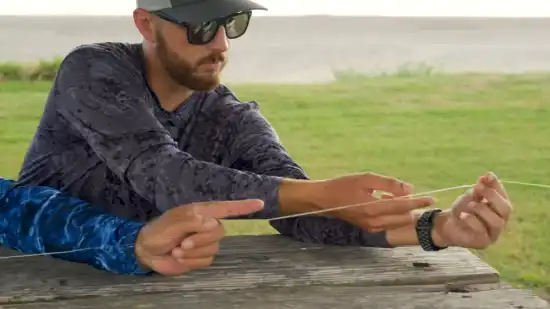
In certain fishing techniques and situations, you may not require a tippet for fly fishing, such as:
1. Tenkara Fishing
In tenkara fishing, a tippet isn’t required because of the unique setup of this traditional Japanese method. Unlike conventional fly fishing, where tippet connects the leader to the fly line, tenkara fishing eliminates the need for tippet.
The line is directly attached to the tip of the rod, and the fly is tied directly to the end of the line. This simplicity allows for a more streamlined and efficient fishing experience.
2. Very Large Flies
You can skip using a tippet when fishing with very large flies. The weight of the fly helps to turn it over and get it down to the desired depth, eliminating the need for an additional tippet. The leader itself is often sufficient for casting and presenting these hefty flies.
3. Short Distances
When fishing close to the water’s surface, like on small streams or when making short casts, using just the leader can be effective. The shorter leader alone can provide sufficient control and accuracy when fishing at short distances.
4. Saltwater Fishing
In situations where fish are less leader-shy, such as targeting large species like tarpon or marlin, tippet may be unnecessary. A thicker connection doesn’t easily spook these fish, and they are more focused on the movement of the fly.
Additionally, these fish’s sheer strength and power can make tippet strength less important, as they’re more likely to break the leader itself than the tippet.
5. Knotless Leaders
A tippet isn’t necessary when using knotless leaders in certain fly-fishing situations. These leaders are designed with a built-in tippet section, eliminating the need for an additional tippet material.
Knotless leaders have a tapered design, with the thinner end of the leader serving as the tippet. This allows you to tie the fly directly to the leader without any extra steps.
How long should a tippet be on a fly fishing rod?
To determine the appropriate length of tippet for your fly fishing rod, consider the type of fishing you plan to do and the species you’re targeting.
In general, a tippet of 12-18 inches is sufficient for most trout streams when using a 9ft leader. But, there are a few factors to consider that could affect the ideal length of your tippet.
- If you’re fishing in clear water with wary fish, a longer tippet may be necessary to avoid spooking them.
- Also, a longer tippet will provide more strength and control if you’re targeting larger bash or using heavier flies.
- But if you’re fishing in tight quarters or with smaller flies, a shorter tippet may be more manageable.
Can I tie the tippet directly to the fly line?
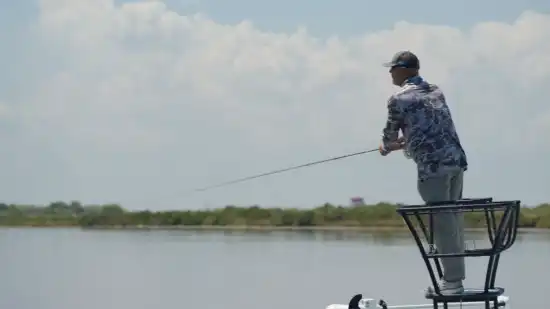
Using a simple knot, you can tie the tippet straight to the fly line. This method is commonly used in fly fishing to extend the leader’s life. When tying the tippet to the fly line, choosing the right knot is important to ensure a strong and secure connection.
One popular knot for this purpose is the Nail Knot. This knot creates a smooth transition from the fly line to the tippet, reducing the chances of snagging or tangling.
Enhance Your Fly Fishing with a Tippet and Get Smooth Transitions
Using a tippet for fly fishing is highly recommended. It helps to extend the life of your leader. Also, it provides a smooth transition between the fly line and the fly. This ensures that your presentation is natural and enticing to the fish.
Moreover, using a tippet increases your chances of catching fish. The tippet is often the weakest link in your setup, so having a strong and durable one is crucial for landing those big catches.
Don’t forget to pack your tippet and enjoy a successful fly fishing adventure.

